Cheonnyeon (Millennium) Jeonju Masilgil Trail

The weather these days is just right for a stroll. A windbreaker is enough to stay warm outside during the mornings and evenings.

On one fine May day, I walked ‘Cheonnyeon (Millennium) Jeonju Masilgil’ (or simply, the Masilgil Trail), the 10.3km long walking trail that links Jeonju’s major cultural, historic, and natural heritages.

I packed only a camera and pamphlet for the Masilgil Trail. The trail begins at the National Intangible Heritage Center.
<Cheonnyeon Jeonju Masilgil>
(National Intangible Heritage Center – Chobunmok Spring – Eoggyeongdae Watch – Namgosansung Fortress – Namgosa Temple – Chunggyeongsa Shrine – Wansanchilbong Park – Yongmeori Gogae Passage – Daga Gongwon Park – Namcheongyo Bridge – Jeonjuchun River)
I’ve been living in Jeonju for more than two decades. Yet, there still are places that I haven’t visited and things I haven’t done here. It was my first-time walking the ‘Cheonneon Jeonju Masilgil’.
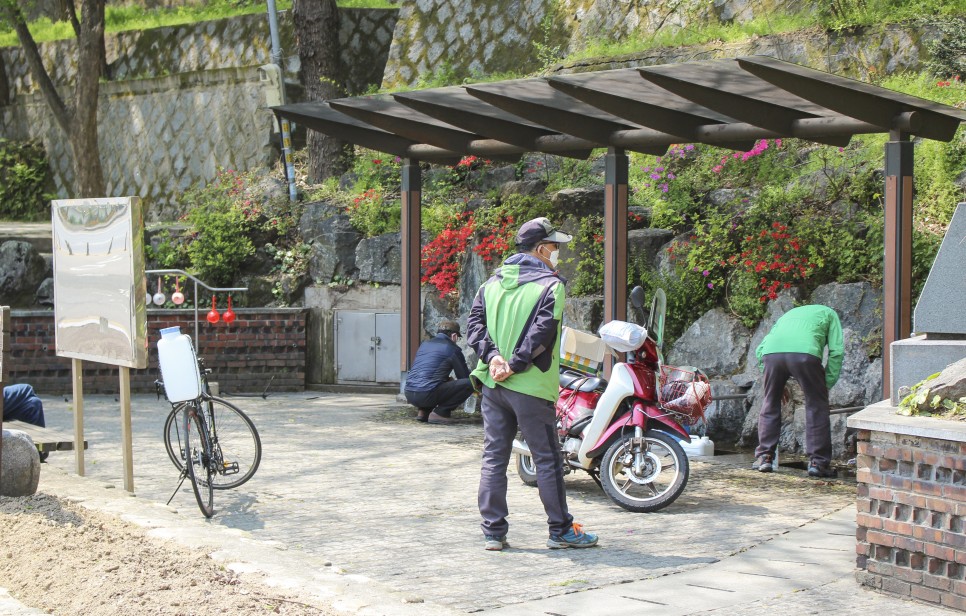

I walked through the Dongseohakdong District and arrived at Chobunmok Spring. Loved by the locals since agelong, it’s a natural spring that never dried out even during severe draughts.

From the small steps next to the spring, I started hiking 272.6m high Namgosan Mountain. The hike was rather steep.


The hiking trail was rather rockier than expected. I recommend wearing comfortable shoes and brining drinking water.

But steady walking along the sounds of wind and birds chirping eventually brought me to the Eoggyeongdae Watch.

Here, I have the city under my feet. I can also spot the mountains surrounding Jeonju. I wished the sky was bit clearer.

This is the Namgosansung Fortress. The circumference of the fortress is 2,950m.
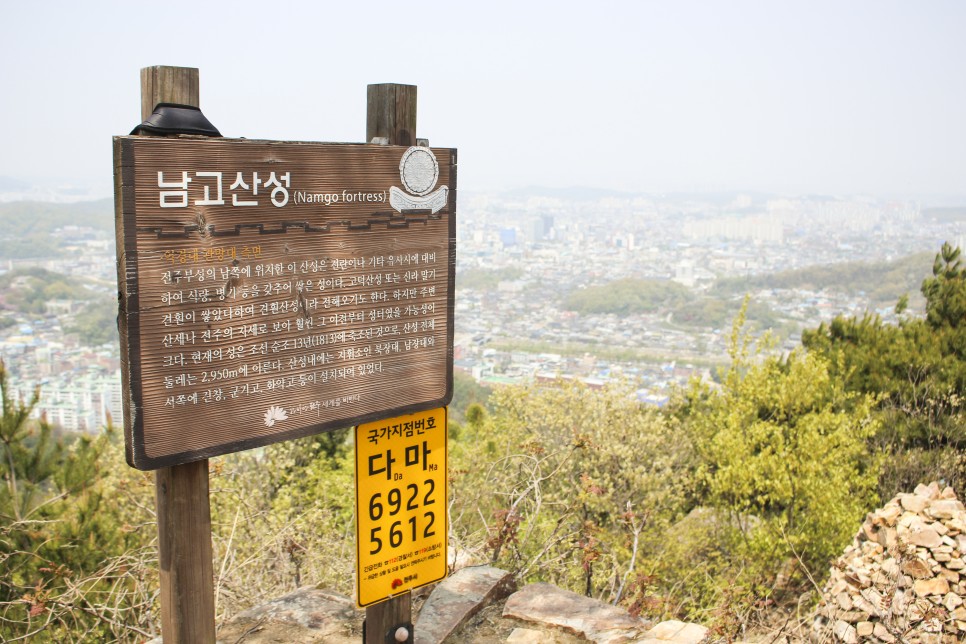
The fortress was originally built during the Imjin War (a.k.a. Japanese invasions of Korea in 1592). Many people resided in the fortress, and food and arms were stored to prepare for large-scale invasions.

I arrived at the Namgosa Temple. This place has been renowned as one of the eight celebrated sceneries of Jeonju.



If you’re visiting just here, get off at ‘Namgosa’ bus stop, then the temple is only a short hike away.

On the way down, I came across the Chunggyeongsa Shrine. The shrine is to honor Yi Jung-ran, who raised a loyal army to fight the Japanese invasion during the Imjin War. In Jeonju, there’s a street named after him.

This is the famous Wansanchilbong Park. The name ‘Wansanchilbong’ means seven consecutive peaks. Every spring, these peaks almost explode with different colors of cherry blossoms, royal azaleas, winter jasmine flowers, spirea flowers, and many more.

This walkway is frequented by the locals. However, this year, the trail teeming with blooming spring flowers is closed due to the coronavirus pandemic. I take a rain check with the photo from the last year.


The next stop is the Yongmeori Gogae Passage. The passage from above looks like the head of a dragon. Legend says the dragon writhing in agony for failing to rise to the heaven eventually became this passage.

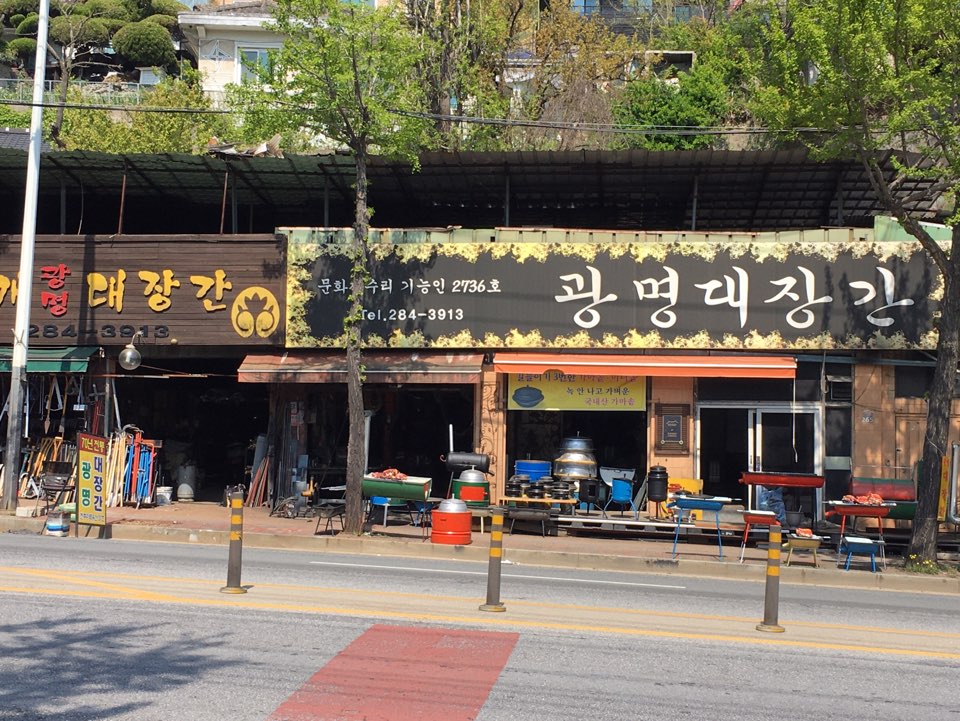
The passage is also famous for the old blacksmiths’ and antique shops. It seems like travelling back in time here.
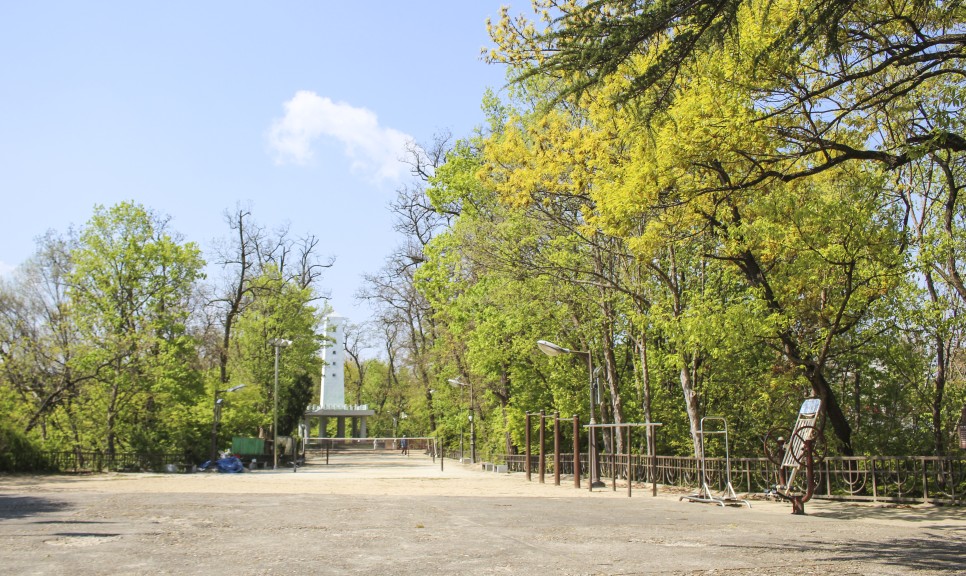
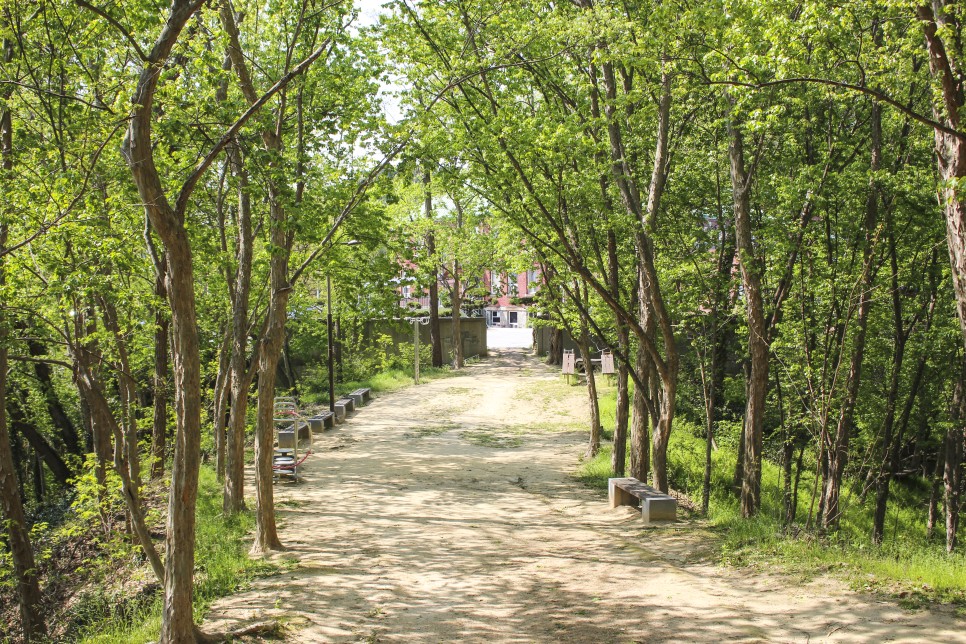
The fringe trees were coloring the Dagagongwon Park with yellowish green.


At the top of the park were the tablet stones and pagodas.

This pagoda is built in 1955 to honor those from Jeonju who gave their life in defense of Korea during the Korean War (1950~1953).

The Masilgil Trail is about walking and learning the local history and culture.
I had an awesome time today on the Masilgil Trail. The trail has stories for the visitors at every corner. Walk the trail with your loved ones for Jeonju’s culture, history, and nature!



6 Comments